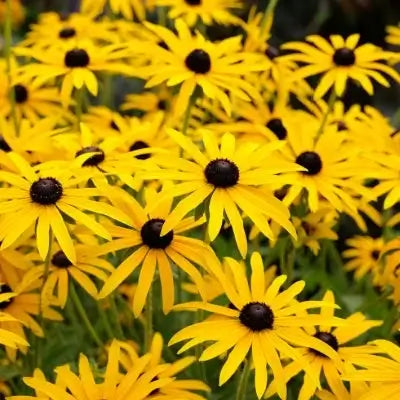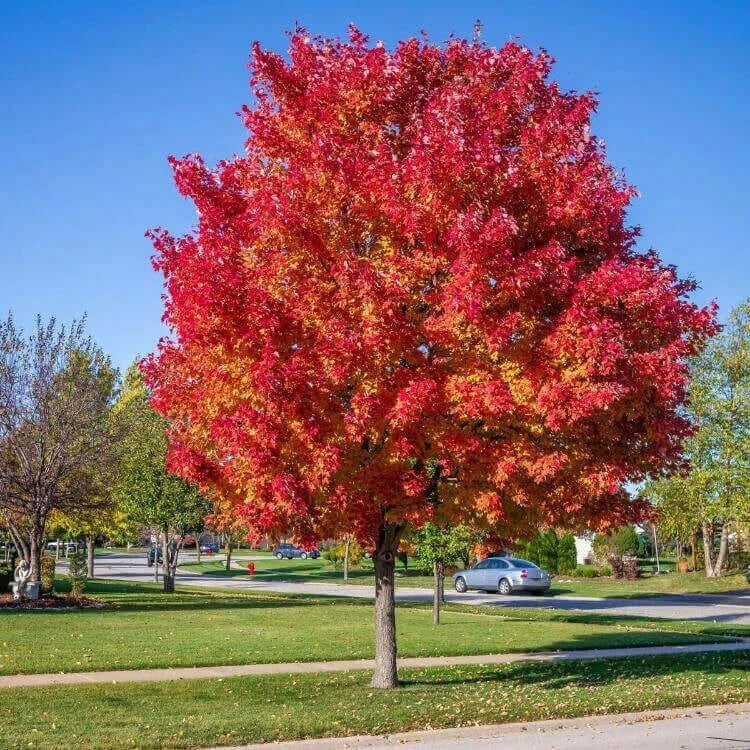Peach trees that produce fruit stand out as exceptional garden or orchard additions because they present beautiful spring flowers and natural shade while giving gardeners the unmatched joy of harvesting their peaches. Cultivating peach trees delivers a fulfilling experience whether you already have experience gardening or you are starting with fruit trees. Gardeners choose peach trees because they adapt well to different climates and grow quickly while providing delicious fruit.
The species Prunus persica, which belongs to the Rosaceae family, represents peach trees. Peach trees originated from northwest China and have been grown for centuries; they flourish in temperate climates worldwide. Early-season gardeners appreciate their fragrant pink or white flowers, and their fruits shift from deep red to yellow, becoming the main attraction in late summer. Discover how to nurture these wonderful trees through their growth cycle.
Planting and Caring for Fruiting Peach Trees
Healthy peach tree growth depends on choosing the correct location and maintaining appropriate care during the growing period. Peach trees need full sun exposure for at least six hours daily to grow correctly. Check your soil's pH before planting to ensure it lies between 6.0 and 7.0, which meets peach trees' preference for slightly acidic to neutral conditions.
Plant peach trees with at least 15-20 feet between them to maintain proper air circulation. Adequate spacing between trees lowers the chance of developing fungal diseases, often affecting fruiting species. Water the soil thoroughly after planting to help it settle properly around the tree roots.
Peach trees require minimal upkeep, though they perform better when given regular attention. Trees need frequent watering during dry periods and fruiting seasons to maintain their health. Young trees need around 5 gallons of water each week, and mature trees need more water during peak summer months. Apply mulch around the tree base to maintain soil moisture and prevent weed growth, but keep it 2-3 inches away from the trunk to avoid rot.
Applying a balanced fertilizer with equal nitrogen, phosphorus, and potassium portions remains vital for peach trees. Apply fertilizer to peach trees at the start of spring before new growth emerges, and administer another dose in late spring when you notice slow growth development. Excessive fertilization causes more leaf growth, which reduces fruit production in peach trees.
Pruning Peach Trees for Better Harvests
Successful peach tree cultivation depends heavily on proper pruning techniques. Proper pruning shapes trees while optimizing airflow and boosting fruit growth. The optimal time to prune peach trees is late winter or early spring when they remain dormant, yet the danger of severe frost has subsided.
Begin by eliminating branches that show signs of disease or damage and any dead. Remove excess branches in crowded tree parts to let sunlight penetrate their inner sections. Because peach trees generate fruit from one-year-old wood, you should prioritize cutting out older wood that no longer bears fruit to allow space for fresh growth.
An open-center shape with three to five main branches resembling a vase is the typical pruning result for peach trees. The tree form enables light to pass through the canopy, which results in uniform fruit maturation. You may perform light summer pruning of trees to eliminate water sprouts and suckers which redirect energy from fruit production.
Dealing With Common Peach Tree Challenges
Peach trees are resilient but remain prone to pest infestations and disease outbreaks. Growers often face threats from peach leaf curl, brown rot, and peach tree borers. Peach leaf curls turn leaves reddish and distorted, weakening trees when the disease goes untreated. Apply a fungicide during the dormant season to prevent peach leaf curl.
A fungal infection known as brown rot attacks peaches by making them decay before they reach maturity. Reducing disease risk requires proper tree pruning and cleaning fallen fruit from the ground. Peach tree borers destroy trees by burrowing into their trunks and branches. The most effective protection methods include insecticides and proper tree health maintenance.
Harvesting and Enjoying Homegrown Peaches
The peak experience in peach tree cultivation comes when you collect the mature fruit. Harvest time for peaches occurs in mid-to-late summer, depending on the variety. Fruit reaches ripeness when it displays complete coloration and yields slightly to gentle pressure. A ripe peach gives off a sweet scent and comes away from the branch effortlessly.
When harvesting peaches, twist them gently because pulling can harm the tree. People should eat fresh peaches immediately, but they can preserve them by freezing, canning, or drying them for future use. Homegrown peaches deliver exceptional enjoyment whether you savor them fresh or use them in baked pies and smoothies.
Native Perennials to Complement Your Garden
Peach trees can dominate your landscape design, but planting native perennials will increase biodiversity and support wildlife while enhancing garden beauty. Here are three native perennials you might consider planting:
1. Sundrops (Oenothera fruticosa)
Sundrops, also known as evening primroses, bring color to garden spaces. These perennials, which can survive drought conditions, bloom with bright yellow flowers during daylight hours. These flowers attract pollinating insects, including bees and butterflies.
2. Foamflower (Tiarella cordifolia)
Foamflower (Tiarella cordifolia) remains low to the ground, preferring shady conditions. It produces delicate spikes of flowers in white or pink. This plant produces attractive foliage as ground cover while flourishing in woodland gardens and partially shaded locations. Beneficial insects favor foam flowers, which bring an ethereal charm to garden spaces.
3. Spiderwort (Tradescantia virginiana)
As a native perennial, Spiderwort produces purple flower clusters with three petals that bloom between spring and midsummer. This robust species grows best in locations with full sunlight to partial shade and adapts to multiple soil conditions. Its nectar-rich flowers draw pollinators like bees to support your garden environment.
Why Plant Peach Trees in Your Garden
Peach trees produce fruit, display beauty, and enhance your garden with their ability to introduce life and variety. Their natural allure attracts pollinators like bees, butterflies, and birds. The trees' leaves create shade, which makes outdoor spaces pleasant for resting and social events during hot summer days.
For gardeners who value sustainability, fruiting peach trees make a responsible choice. Growing peaches in your garden lowers your dependence on supermarket fruit while minimizing packaging waste and consuming fruit that contains no toxic pesticides. These trees provide children and families with a practical educational experience while helping them build a stronger relationship with nature through understanding food production.
Peach trees deliver happiness and food every year, whether they grow in an orchard setting, beside your home in a sunny outdoor space, or inside a sizable container garden. Gardners who maintain peach trees properly receive abundant yields and lasting feelings of success.
Your landscape becomes more attractive and ecologically balanced when you add native perennials like Sundrops, Foamflower, and Spiderwort. You can establish a garden that supports nature while producing peach trees when you plant them with native plants, which will benefit you as a gardener.










































































































